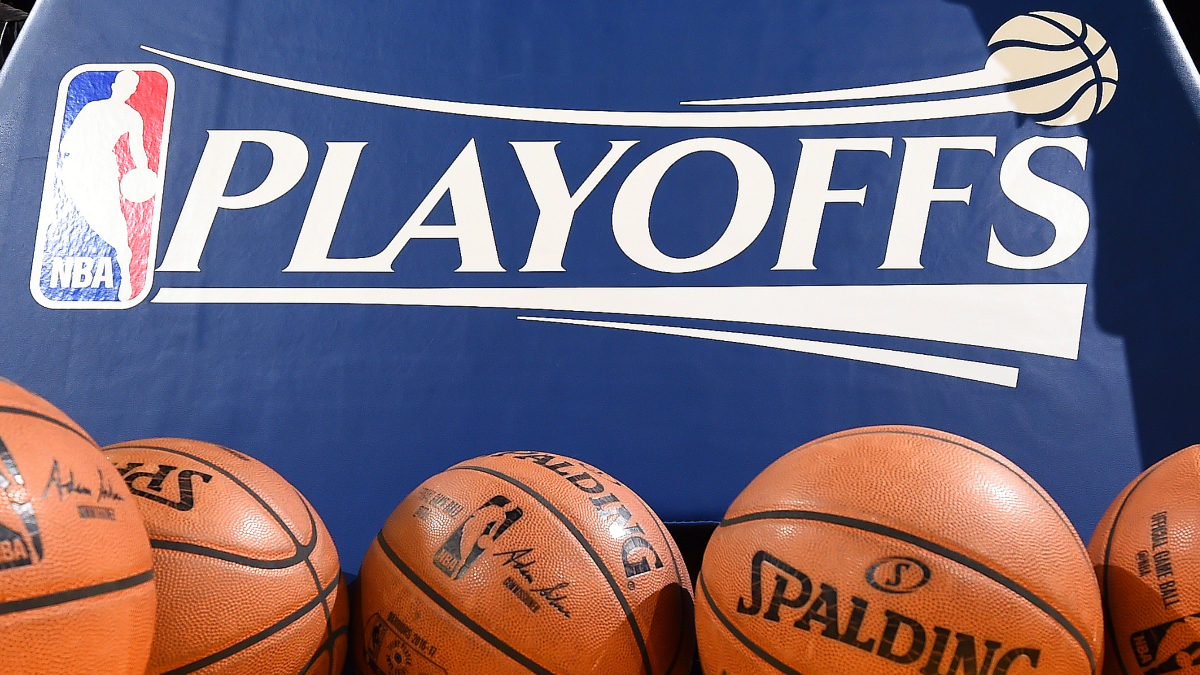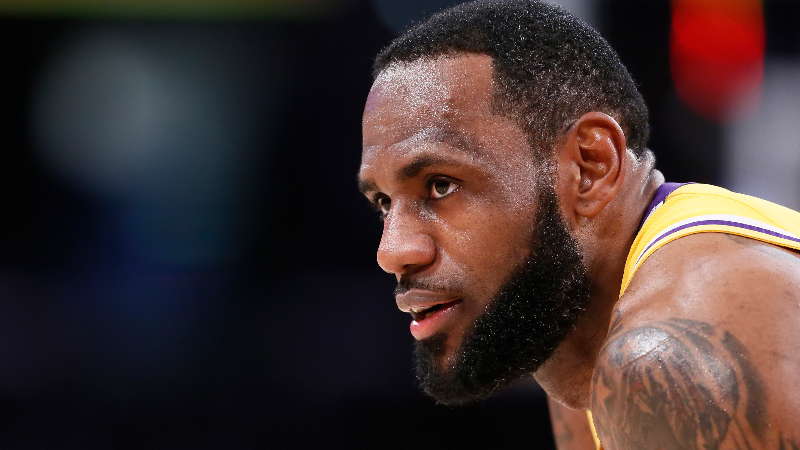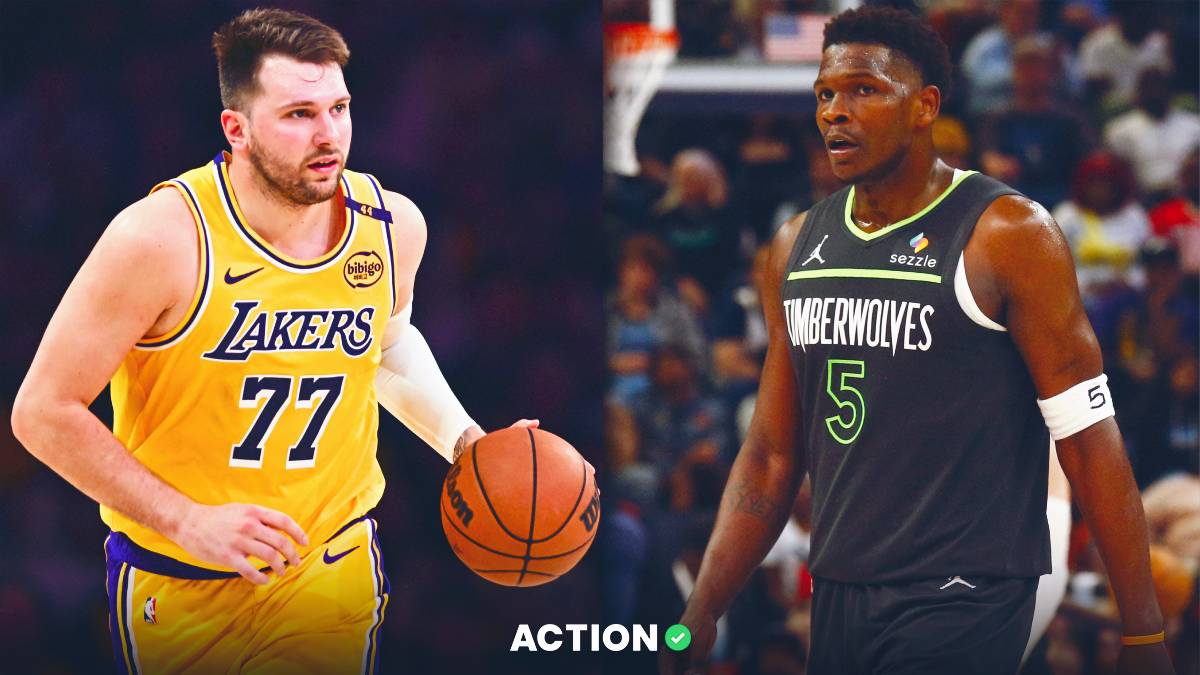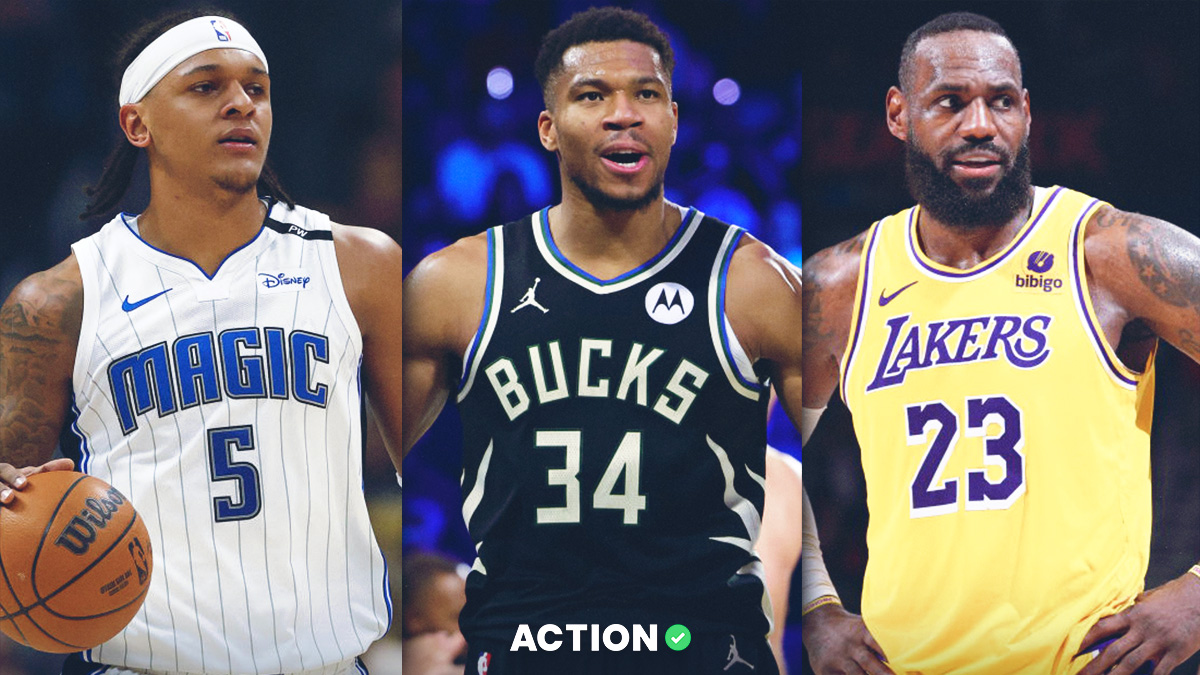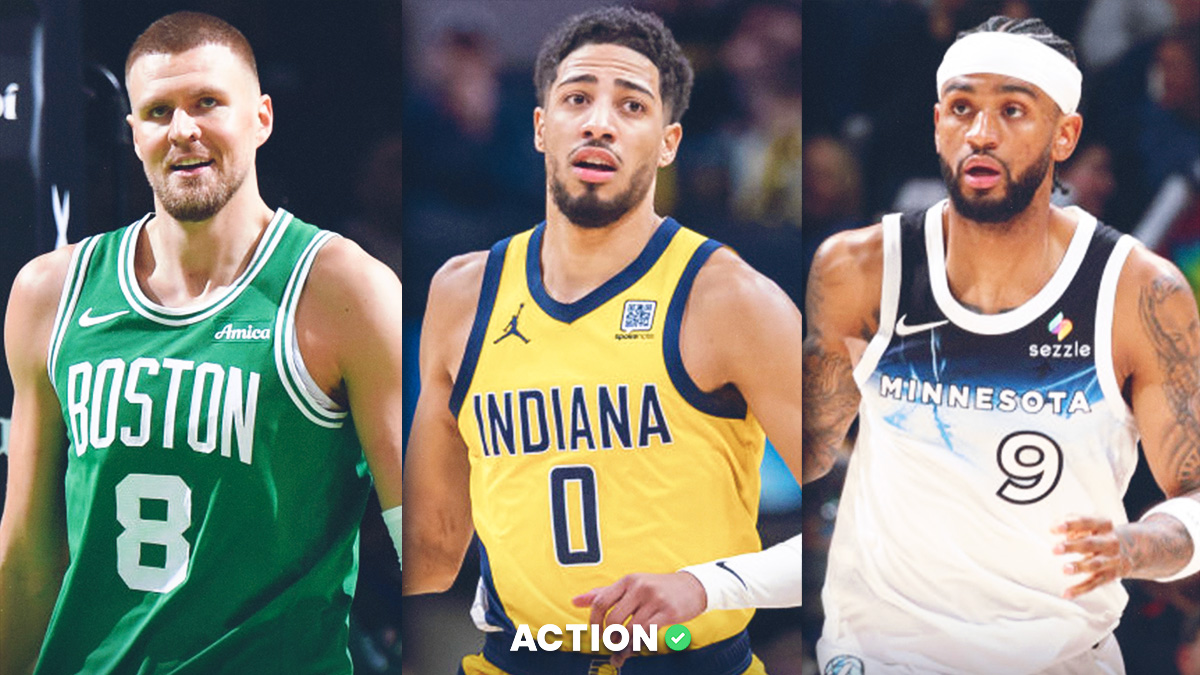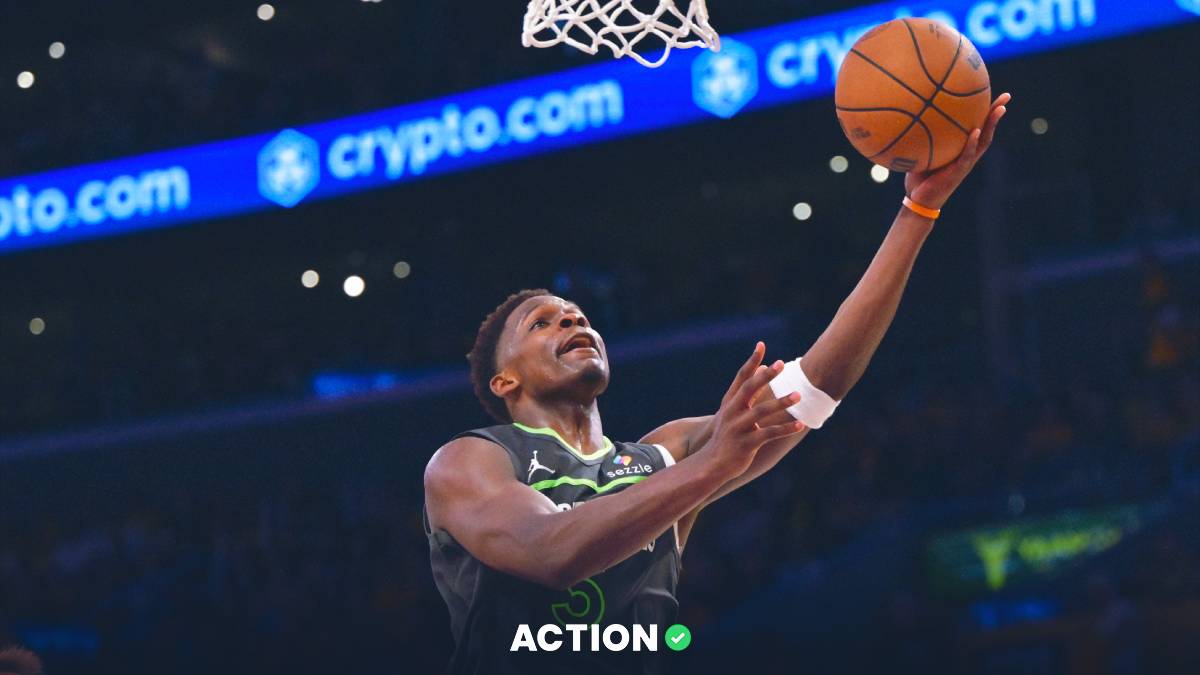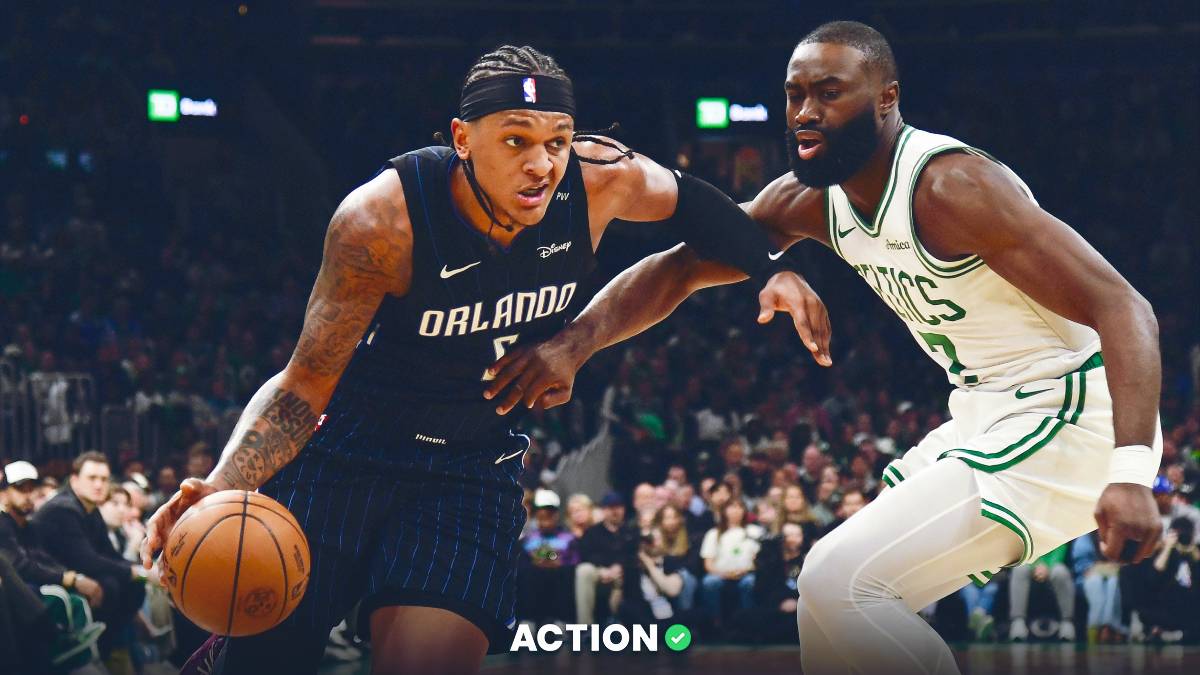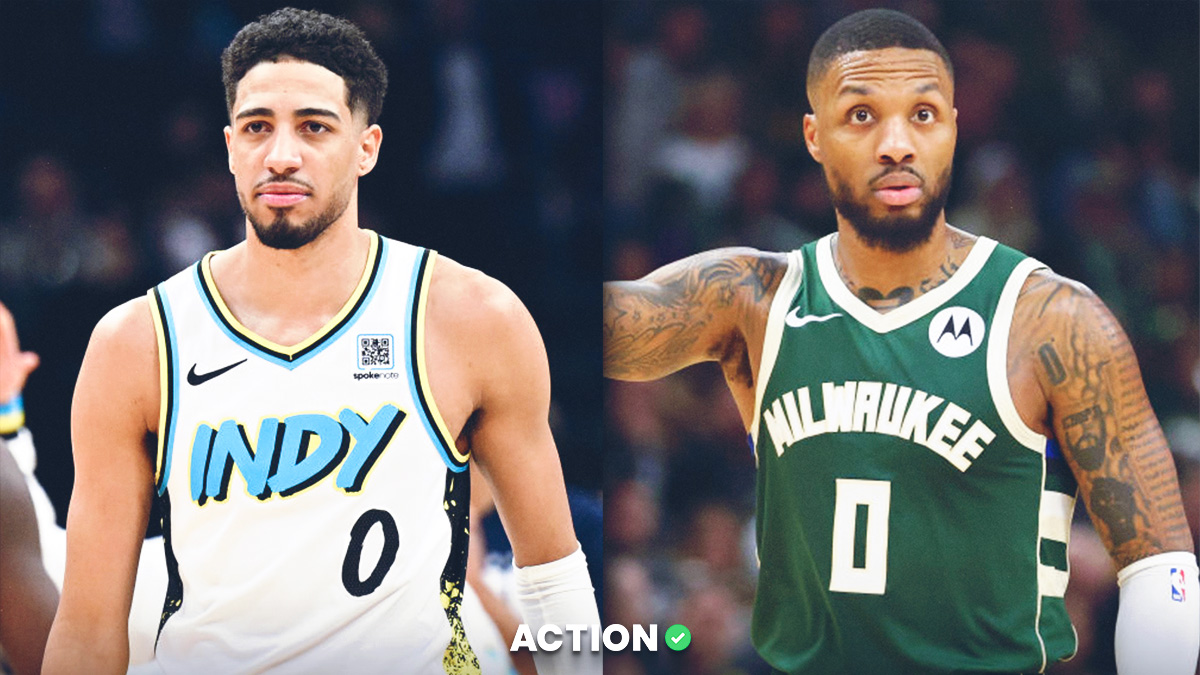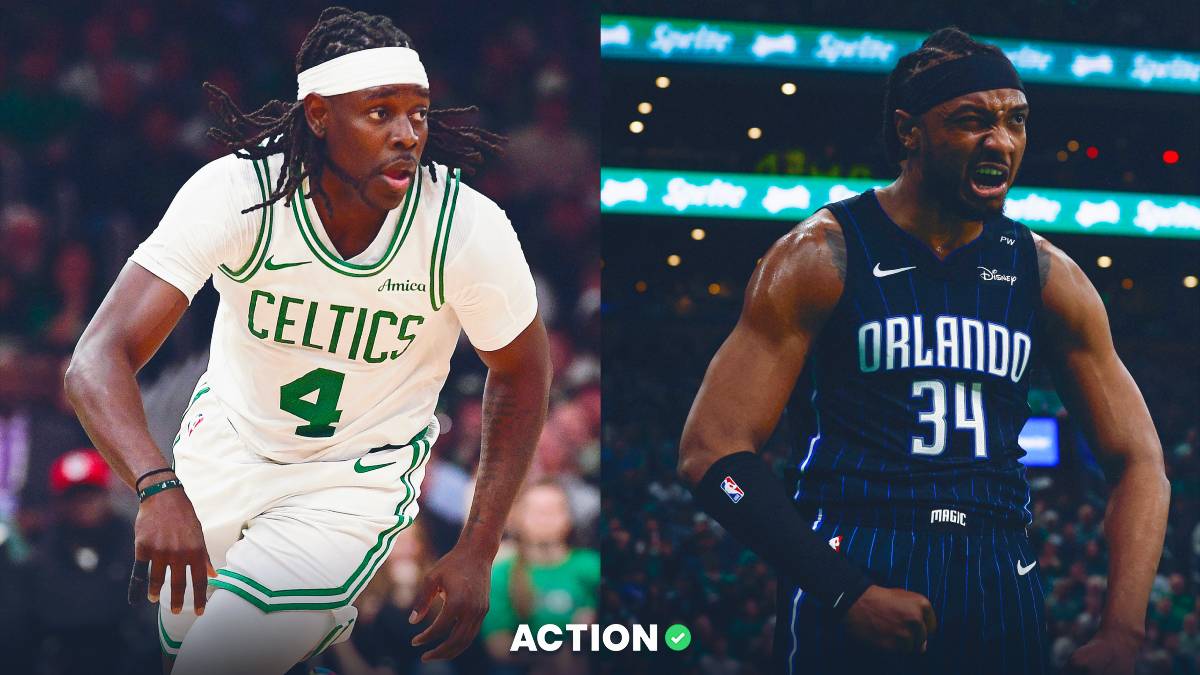These next two weeks may be the most important stretch of days in NBA history. This week the league is holding a series of conference calls to discuss and eventually vote on the options regarding how to return to play for the postseason. The number of factors considered is massive, and that's before you get to the logistical challenges COVID-19 present.
The options range from brutally simple to elaborate and complex. The factors in play range from star power to revenue to fair play. The parties involved all have different situations in the face of the pandemic, different priorities for their teams, and different outlooks on what works best.
Here's a look at the pros and cons about the most discussed options on the table, and what they mean for the league and its fans.
The Traditional Format
This is the easiest and simplest plan. All 30 NBA teams would attend training camp, then travel to the bubble site. They would play a series of "friendlies" and/or another 5-6 regular season games to warm up. This increases the TV revenue to make up some of the lost money and provides them with game-environment warm-ups.
This is a key point: Coaches and trainers agree that players will need game environments after such a long layoff. You can't just throw them into a playoff scenario out of training camp.
Then the playoffs begin as they would have on April 18 had the virus not wrecked the globe. Teams would play the playoff schedule with seven-game series and crown a champion.
This is the position taken by people who believe that now is not the time to change the format, that the league needs to keep things simple and straightforward given how strange the circumstances already are. There's no way to append an asterisk under this setup.
Pros
- Easy to understand: The NBA's devoted fanbase specifically likes the league's postseason for its format, which they feel rewards the best team in most scenarios. Other options introduce chaos, and while chaos is much more interesting, it flies in the face of league history.
- No gimmicks: I don't really understand this argument, if I'm being honest. A gimmick is a trick or device used to attract business or interest. You know, like a basketball tournament. Or a professional sports league. Or an All-Star Game. This phrase is meaningless, but it matters very much. Adam Silver has rejected other concepts in the past for being labeled gimmicky.
- Eliminates the asterisk conversation: The NBA wants to hold the playoffs only if they are deemed legitimate. (Well, OK, no, they want to hold them no matter what for the money, but they want to appear to care about legitimacy.)
- Easy-to-pass voting threshold: The Eastern Conference wants this format and doesn't want any other changes. It protects their easier path to the Finals and avoids a precedent that could place making the playoffs in a more precarious position.
Cons
- Lack of incentive for bad teams: This format might require teams that have nothing to play for to return to the court, illustrating the Damian Lillard problem.
- Lack of incentive for good teams: What incentive is there for the teams who already have solid playoff positioning to compete? In a normal season, teams will punt about three of the final five games assuming home court is settled. Under these conditions, why would they play any of their key players, and if they don't, then what's the point?
- Unnecessary health risks: The best argument against this came from one league executive who said there's just no way you can bring back 30 teams. Not only is it increasing the number of teams you need and the inherent risk of viral infection, but the basketball itself will be rusty after this layoff. "It's already going to be bad basketball," one league executive noted. "You can't have bad basketball with really bad teams who don't want to be there. At least the playoffs are good teams playing bad basketball."
- Boring early matchups: Does the NBA really want to return from this layoff, knowing that the whole world is watching, with Bucks-Magic? The first round was too long to begin with and has predominantly featured blowouts. Let's not return to action with what will mostly be lopsided results.
- Excluding stars: Holding all 30 teams is just not feasible for risk management or facilities. So then do you just take the current playoff teams? That would exclude the Pelicans with Zion Williamson and the Trail Blazers with Damian Lillard; both are 3.5 games behind the No. 8 seeded Grizzlies.
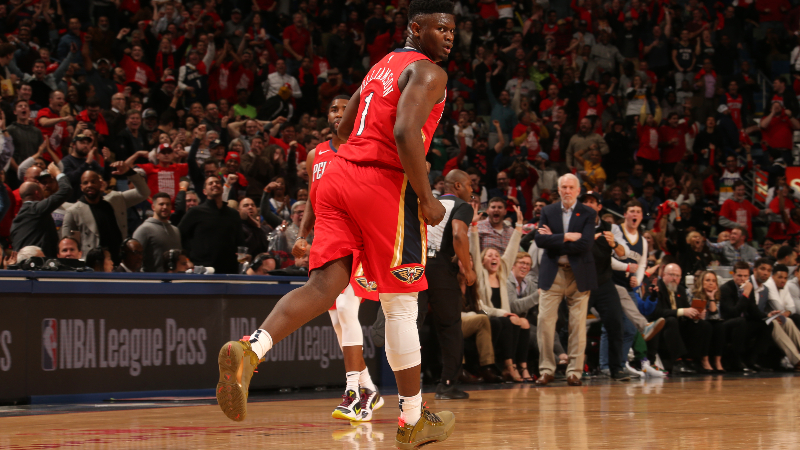
There is a strong feeling among league executives that the league would very much like any way to get Williamson, a major ratings draw, into the tournament. You can debate if this should be a factor given the circumstances and Memphis having a better record, but it's the reality of the situation.
As a side note, the notion of going to 1-16 seeding (basically removing conferences) under the normal format is being considered as well. This is a pretty partisan issue. The Western Conference wants it and even the lottery teams will support it for the precedent it provides. The East opposes it and will likely vote against. It's going to be nearly impossible to get a majority on the 1-16 format even without travel.
The East will not want to adopt a precedent they have to fight later. The East will not want a tougher road to the Finals. It would take major politicking from Adam Silver in order for this to work, even with the matchups being more compelling under such a plan. (Though, you still get Magic-Bucks in that system.)
Playoffs-Plus (Group Play)
As reported by The Ringer's Kevin O'Connor, the Playoffs-Plus concept models the soccer and basketball World Cups. In this format, the top-20 teams by regular season record are split into four separate groups. They would play one another twice, and the two teams with the best records at the end of group play are then seeded into a normal NBA tournament.
League personnel still haven't been informed of how the seedings would then work. (Would it be based on regular-season record? Do you re-seed into East and West and then fill the vacancies with the lower seeds from the other conference?) There are still a lot of details to work out, but there is a surprising amount of support for this idea.
Two Western Conference executives described this plan as having a surprising amount of support, putting the odds of it being passed at 60% or better.
"It has enough backing from the league, from what I understand, and everyone wants to play ball given the circumstances we're under," one executive said.
However, those are Western Conference execs, and those teams are much more likely to embrace the plan. All but one West executive polled on the option supported the plan.
The East feels differently. They are perfectly happy with the normal plan.
Pros
- More money: This is the biggest advantage that the group play concept adds. It adds a ton of games to help make up lost revenue without requiring the dregs of the league return. But teams and owners still don't know exactly how much will be gained from this format. Per one exec: "If it's $150 million per team? Sure! If it's $150 million divided by 30 teams? Is that enough? What's the amount? This is the biggest question." This is a huge part of the equation. However, this option definitely splits the difference the best between the risk and cost of 30 teams finishing the regular season (or 4-5 games) and going straight to the playoffs, while still generating revenue.
This gets the total for the teams playing to 80 games, which is a huge boost in revenue. That matters in this scenario, second only to doing this entire thing safely.
- Fairness: In this scenario, the lottery odds are probably locked at where they were at the conclusion of regular-season play. This means there's a decent possibility if you returned to some sort of 30-team tournament that the Warriors, winners of three of the last five titles, could win the NBA title and the No. 1 pick in the draft. This option keeps that from happening by involving only 20 teams. It's also fair for the teams chasing playoff spots. The Pelicans had the easiest remaining schedule and the Grizzlies had the toughest. All projection models had the Pelicans winning the No. 8 seed. Now, I think those projections are flawed based off the inherent inconsistency of bubble teams. I think there's every reason to think Memphis could have held off those teams for the remaining 16 games. But you don't know. And this gives Williamson, Lillard, De'Aaron Fox and … DeMar DeRozan, I guess (?) a chance to make a run.
- Great for betting: Over/unders for group play wins. More detailed props based on who they're playing. Odds to win the group. Specific matchups to hone in on. The possibilities are endless. This is, without a doubt, the best option for bettors: It opens things up while keeping the playoffs and introduces a really interesting format to bet on.
- More drama: Say there's a particularly tense game that will determine who wins the group play and gets the higher seed, only for those two teams to meet later. That familiarity, with stakes involved, will only increase the drama. This is a great element for this option.
Cons
- The votes: This format is likely to face significant hurdles in securing the 60% voting threshold. The teams involved can be broken into five groups:
Business first teams: The owners who have lost the most money during the crisis are most likely to support this plan because finishing the regular season isn't feasible and this provides a huge revenue boost. Their concern first and foremost is cash flow, and this alleviates some of that issue. Those are yes votes. We don't know who those are.
Lottery teams: Teams that are against returning, as the Warriors have indicated, don't want to come back to play for nothing, and this gets them out of it. If you tell the Warriors they get a bigger cut from the media revenue generated by this without having to play more games and keep their lottery position, most teams will go along. These are yes votes.
Bubble teams: The Blazers, Spurs, Kings and Pelicans are all expected to be yes votes. Not only does that get them in, but they're all small-market teams that need the revenue.
Traditionalists: There are likely to be owners who are doing well enough to not want to risk the league's brand integrity on a gimmicky concept. Those are no's. These traditionalists, however, are also likely to go along with whatever Adam Silver decides.
Current playoff teams: This is the tough one and it encapsulates 16 teams, a huge chunk. If you're a West team, you're torn in this situation. On the one hand, if Lillard goes supernova and your star sprains an ankle, you might not make the tournament whatsoever. Sure, you were a playoff team, but that's not going to help how it feels to not get out of your own group.
But if you're a West team, there's a good chance that you get set up in the tournament with a grouping that increases your odds of making a run, because you might not have to face the Lakers or Clippers until the semifinals or even Finals. That's a way better option.
But if you're an East team, not only are you suddenly having to play your way in after already securing a seed, but you might now have to go through way tougher teams to get to the semifinals or Finals.
You should basically consider every East team except maybe Orlando, if their owner isn't business-first, a no vote.
It will likely take 60% or 75% majority for this to pass. Even with all the factions likely to be in favor of this, there are exceptions in those groups, and that's enough to make one think this has a very slim chance of actually passing. Several executives queried liked the idea but did not think the owners shared that sentiment. It's too radical with too much risk.
- Chaos breeds loss of superstars: Let's say LeBron James sprains his ankle in the first group play game. What if the Lakers got knocked out in group play?Do you know how much of a disaster that would be for the league? To have the Lakers, the No. 1 seed in the West, the marquee franchise, with the league's most popular player, out before the tournament?
![]()
Chris Elise/NBAE via Getty Images. Pictured: LeBron James (23) of the LA Lakers. That chaos would create monster headlines, but the loss of ratings would make this a failure. The league will spin "this is the playoffs," but if the Lakers don't make the tournament, there will be hell to pay.
The Play-In Tournament
The other option being bandied about allows for a play-in tournament featuring the next four teams, all in the West.
This makes little sense.
If you're holding the rest of the playoffs in traditional format (as is the idea), but you're going to expand it, why not let the Wizards, Hornets, Bulls, and … gulp … Knicks play on the other side?
But instead, the idea is to basically have a play-in tournament featuring those teams, either for the No. 7 and No. 8 spots in the West, or for the No. 7 and No. 8 spots in both conferences. So the Mavericks, Grizzlies, Nets, Magic, Blazers, Pelicans, Kings and Spurs play an eight-team tournament, and the two top teams get the No. 7 seed in each conference (regardless of what conference they're in) and the third- and fourth-place finishers get the respective No. 8 spots.
So you'd potentially have a seven-team Eastern conference playoff bracket… but with the Kings thrown in? How weird would that be?
This idea is not popular with the West teams, who feel that you should have had to earn it in the regular season to get in. If the group play concept levels the playing field, this just tilts it towards those teams currently on the outside looking in.
Predictably, the East likes this plan because it maintains their standard bracket, meaning they don't have to go through two of the Lakers, Clippers and Bucks to reach the Finals while increasing the revenue through the play-in tournament.
Pros
- Best of both worlds: The East gets to keep its structure, the traditionalists don't have to mess with history (as much), there's a chance for Zion to get in, you play more games to increase revenue (though not as much as the group play concept) and you don't risk the best teams being knocked out early. It's a half-measure, and everyone loves half-measures when faced with big decisions.
- Limited number of teams: You're bringing only the extra four teams … but the other 12 teams aren't involved in the tournament. So they're not at risk of exposure. It allows you to test all the procedures in place for testing before the playoffs begin to see if this is feasible. If there's an outbreak of COVID-19 at the play-in tournament, at least you've avoided a widespread shutdown of the NBA playoffs halfway through.
- Still good for gambling: Even just seven more games will provide ample opportunities to bet play-in futures, single elimination bets (which have shorter odds than series prices), etc.
Cons
- It devalues the regular season: You're already losing home-court advantage due to the virus; now if you're the No. 3 seed, you're basically in the same situation as the No. 10 seed. That's a rough argument to make for teams that feel they accomplished a lot with their season.
- Less money: Sure, the (likely) single-game elimination increases the stakes, and the ratings for a Zion-vs.-Ja or Zion-vs.-Luka elimination game would be great, but you're fundamentally stacking only seven more games onto the total. That money bump is just not a lot. This is basically taking the loss on the regular season entirely and accepting the increased risk of exposure just for the chance that Lillard or Williamson make the playoffs. That risk analysis seems off.
Shorter Series Formats
These are not being discussed; Adam Silver is dead set on seven-game series.
But I want to talk about them anyway. If the entire concern for doing the bubble and all the precautions rightfully being taken is potential exposure, it only makes sense to limit the amount of time everyone is exposed to one another.
If you're serious that safety is your No. 1 priority (and again, the money is 1B in reality), then you should consider a three-game or five-game first-round series. It generates more tension with the first round, especially if you add the play-in tournament, and you get half of the 20 teams gone much quicker. This allows you to finish the playoffs sooner and reset for the 2020-21 season sooner.
It's fine that money is the driving factor here, but I would be remiss if I didn't point out that if you really are putting safety and the ability to finish the playoffs as the most important element here, then you need to take a loss on the money in order to get everyone in and out faster.
In the end, there's a lot that's still up in the air. What may have momentum as of this writing may have completely gone away by the time the Board of Governors meet Friday. There's not expected to be an answer on Friday; it's likely next week as the debate continues on what the league should do. There are conflicting agendas, conflicting priorities and a lot to figure out.
League executives were predictably concerned about the details, how draft positioning would be affected by various proposals, how seeding works in the group play concept, etc.


